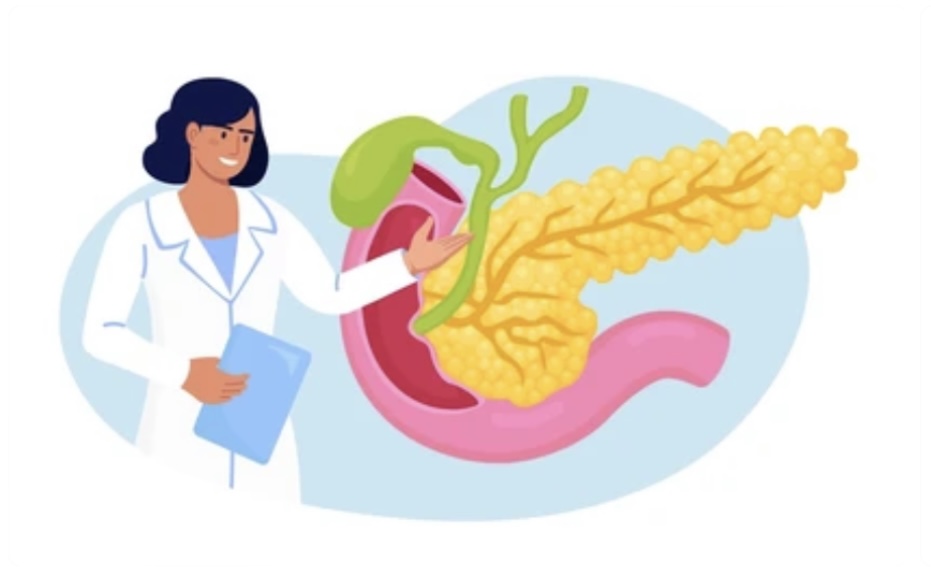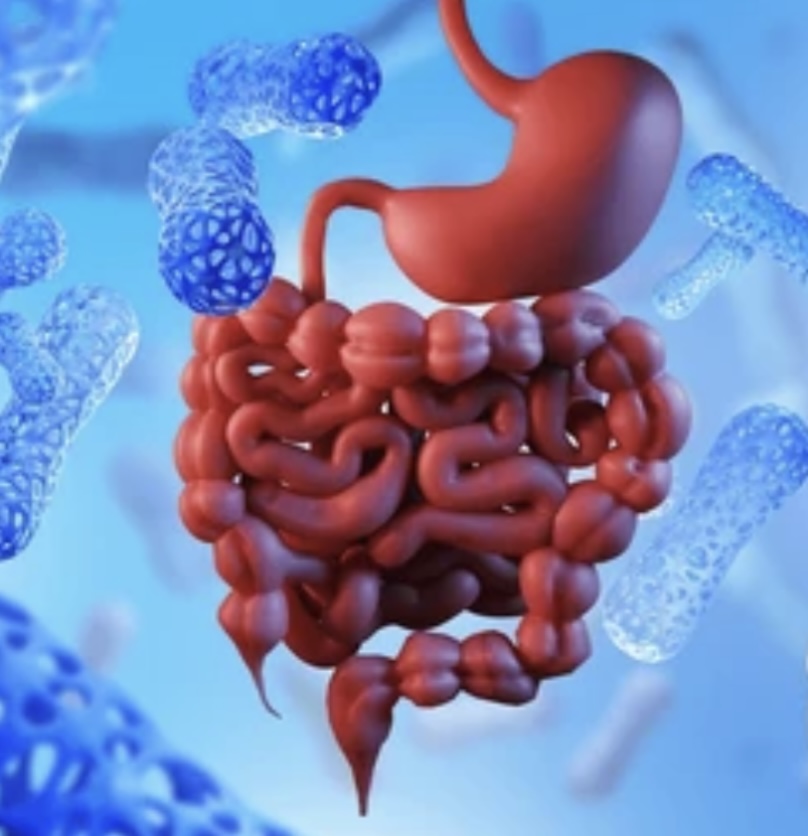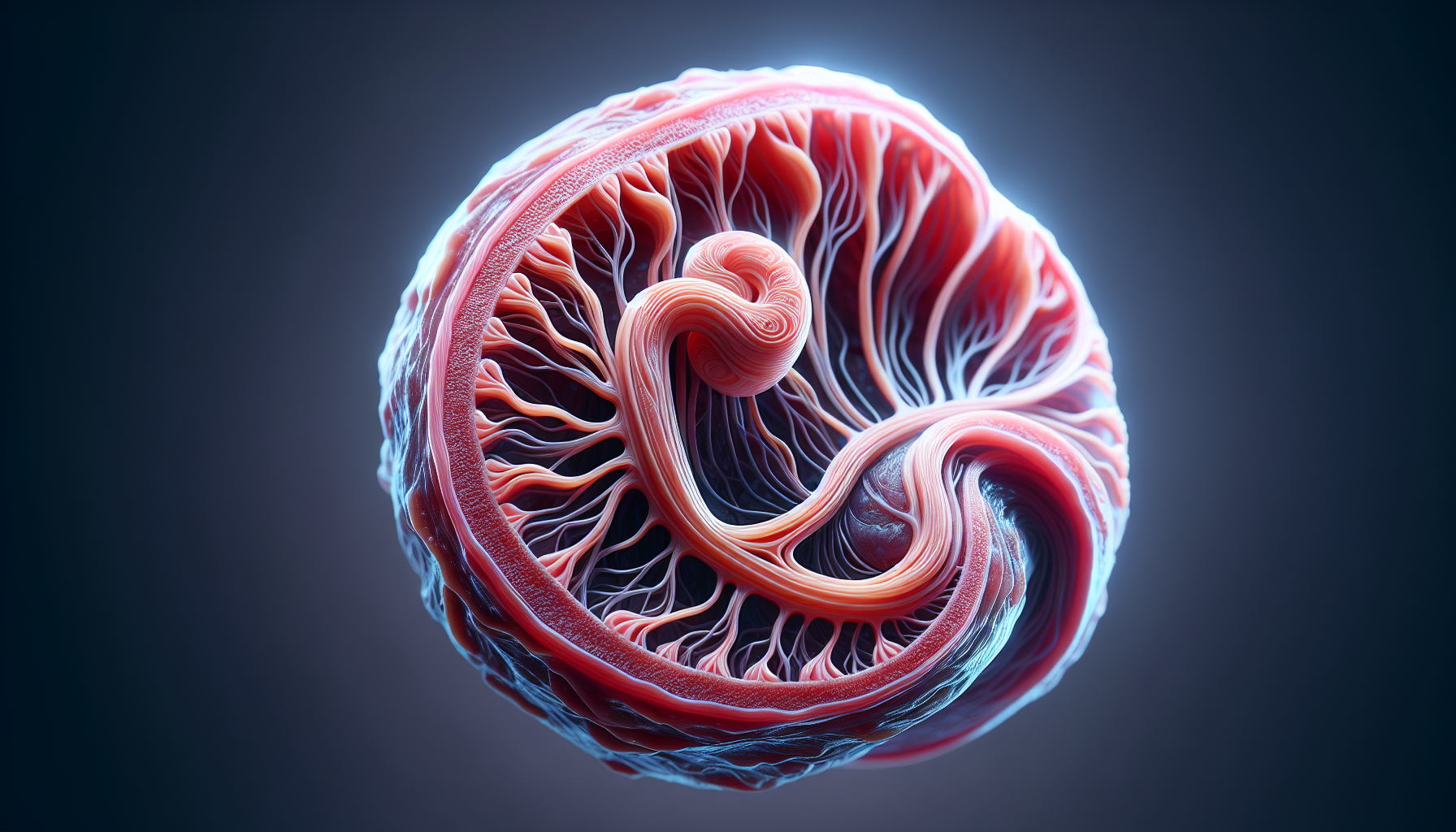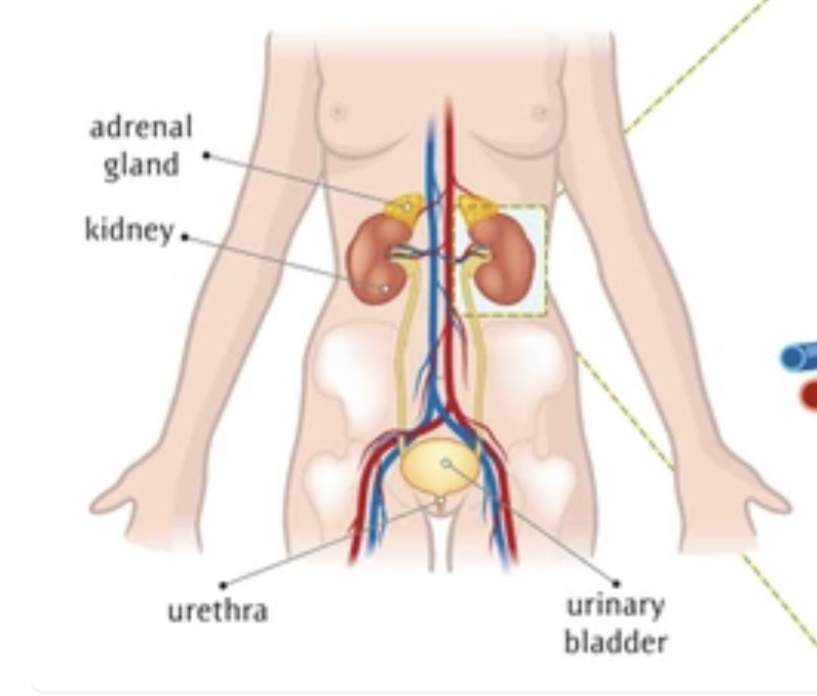WHAT ARE BLOOD PLATELETS ?
Introduction WHAT ARE BLOOD PLATELETS: Thrombocytes, another name for blood platelets, are tiny, disc-shaped cell fragments that are essential to the body's capacity to repair damaged blood vessels and halt bleeding. Even though platelets are tiny, they are crucial for preserving the health of the circulatory system and making sure…

































